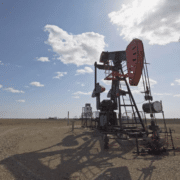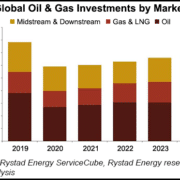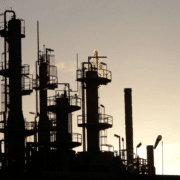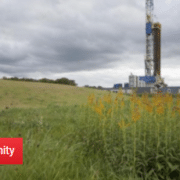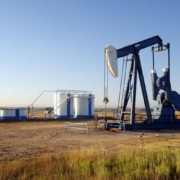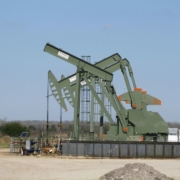President Joe Biden announced plans to release up to 50 million barrels of oil from the strategic petroleum reserve. This is to lower retail fuel prices. Many analysts warned that any effect this move would have would be short-lived. Indeed, prices dropped for a very short. On the other hand, it is now on the climb again. This is with the number of three-digit price forecasts growing.
The strategic reserve release was already a desperate attempt to put a lid on gasoline prices, pushed up by crude oil prices, themselves the result of a faster rebound in global demand and production constraints among OPEC members. The Omicron variant of the coronavirus, like the SPR release plans, had a transitory negative effect on benchmarks, but before long, they were once again on the rise.
Morgan Stanley expects Brent crude to reach $90 per barrel later this year. This is also the price forecast of Goldman. JP Morgan recently said that crude could reach and exceed $100 this year, noting the decline in OPEC spare production capacity. The latest to join the bullish choir is Vitol, whose head for Asian operations told Bloomberg last week that oil had further up to go because of tight supply.
Click here to read the full article
Source: Oil Price
If you have further questions about the topic, feel free to contact us here.


